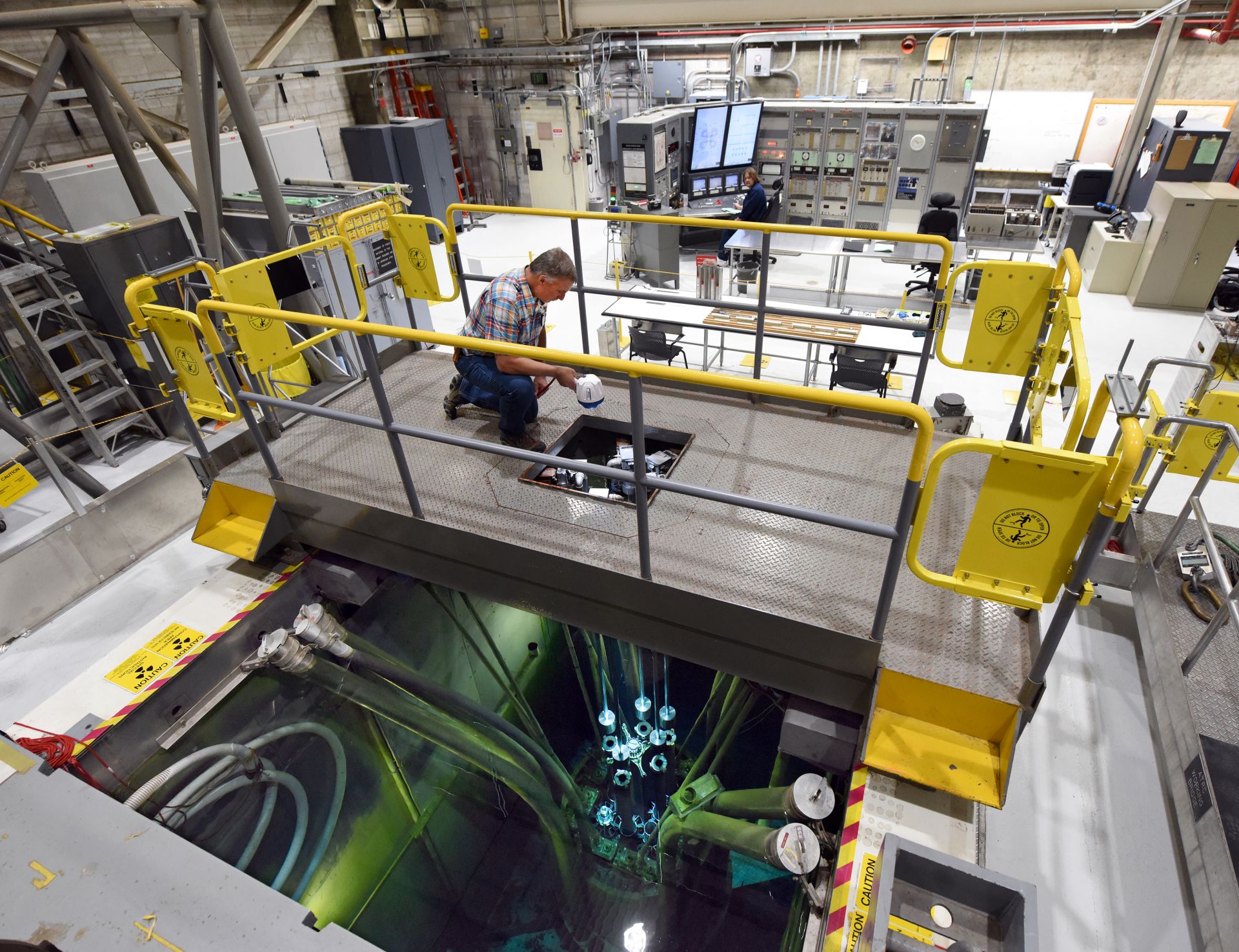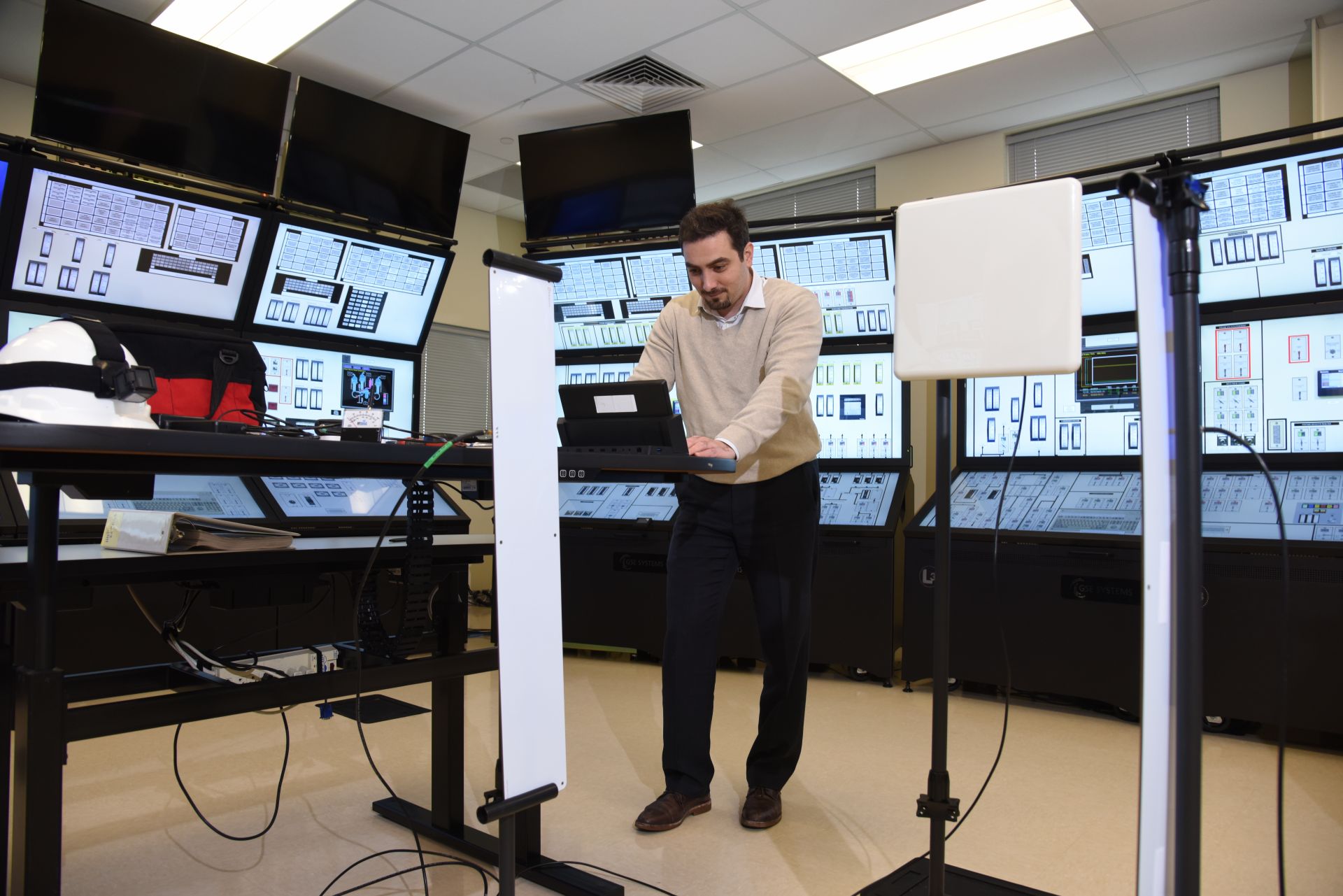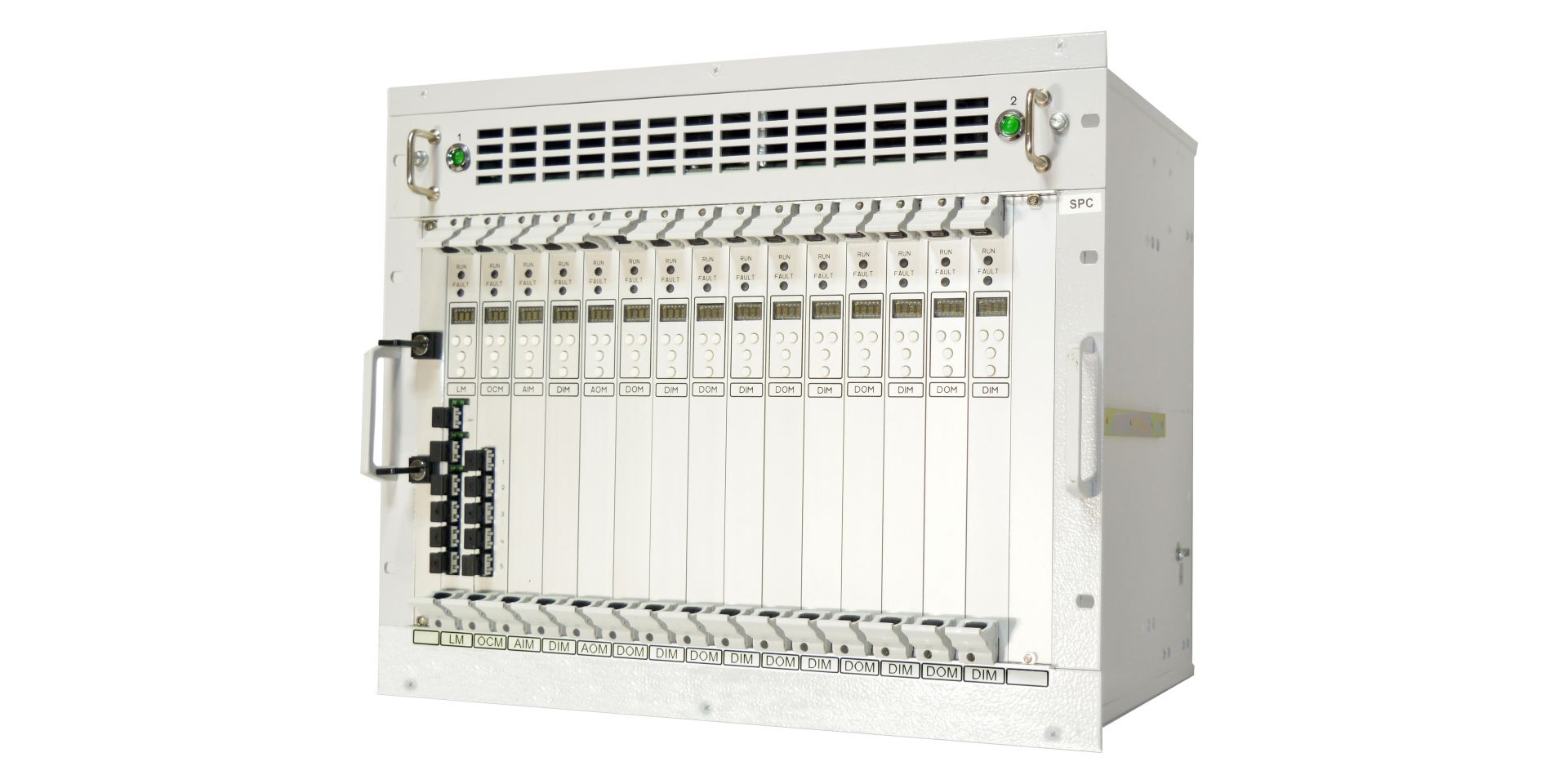At the September 27 signing ceremony for the engineering services contract to build Poland’s first nuclear power plant are, from left, John Howanitz, president of Bechtel’s nuclear, security, and environmental global business unit; Westinghouse president and CEO Patrick Fragman; Polish government plenipotentiary for strategic energy infrastructure Anna Łukaszewska-Trzeciakowska; Polish prime minister Mateusz Morawiecki; U.S. ambassador to Poland Mark Brzezinski; assistant secretary of energy for international affairs Andrew Light; and Polskie Elektrownie Jądrowe president Mateusz Berger. (Photo: Bechtel)
Just one week after inking a consortium agreement to partner on the design and construction of Poland’s first nuclear power plant, Westinghouse Electric Company and Bechtel joined state-owned Polish utility Polskie Elektrownie Jądrowe (PEJ) in Warsaw on Wednesday for the signing of the project’s engineering services contract.
From left: Petr Brzezina, president, Westinghouse Czech Republic and Slovakia; Elias Gedeon, senior vice president, Westinghouse commercial operations; Gautam Rana, U.S. ambassador to Slovakia; and Pavol Štuller, chairman of the board and chief executive officer, JAVYS. (Photo: Westinghouse)
Westinghouse Electric Company yesterday announced the signing of two memorandums of understanding with Slovakia’s state-owned nuclear company JAVYS regarding the potential deployment of the U.S. firm’s AP1000 reactors and AP300 small modular reactors.
Building instrumentation and control technologies into the design of the next generation of advanced nuclear reactors will help the industry meet zero-carbon-emissions goals.
December 23, 2021, 3:00PMNuclear NewsAlexander Heifetz, Matthew Weathered, Nathan Hoyt, Mark Anderson, Scott Sanders, Anthonie Cilliers Kairos Power’s Instrumentation Test Unit
As a source of carbon-free electricity, nuclear energy currently dominates in the United States. However, the light water reactors in the U.S. are approaching the end of their licensed service lives. Meanwhile, low-cost electricity generated by fossil fuel–based sources (such as natural gas) poses an ongoing challenge to the economic viability of commercial nuclear reactors. To enhance the competitiveness of the nuclear industry, we need to bring down the high operating and maintenance (O&M) costs through savings available from utilizing modern, efficient sensing and automation technologies.
More than 550 employees will join Framatome as part of its acquisition of Rolls-Royce’s I&C business. (Photo: Business Wire)
French nuclear reactor company Framatome has completed its purchase of Rolls-Royce Civil Nuclear Instrumentation and Control. Framatome announced in December 2020 that it had agreed to acquire Rolls-Royce’s I&C business, which has operations in France, the Czech Republic, and China.
According to Framatome, the transaction builds on the company’s engineering expertise, enlarges its industrial footprint, and expands its global I&C systems development and deployment capabilities.
Limerick nuclear power plant. (Photo: Arturo Ramos)
The Department of Energy is providing $50 million in a cost-sharing project with Exelon Generation to digitalize the control room at the company’s Limerick nuclear power plant, the department announced yesterday. Once implemented, the facility will house the first fully digital safety system upgrade at a U.S. nuclear power plant.
Florida’s Turkey Point nuclear plant. Photo: FPL
The Nuclear Regulatory Commission on April 6 issued a violation notice and proposed a $150,000 civil penalty to Florida Power & Light Company for falsifying plant records and recording inaccurate data in maintenance records at its Turkey Point nuclear power plant near Homestead, Fla.
Idaho’s ATR Critical Facility undergoes a digital control system upgrade.

Reactor operators Craig Winder (foreground) and Clint Weigel prepare to start up the ATRC Facility reactor at Idaho National Laboratory after a nearly two-year project to digitally upgrade many of the reactor’s key instrumentation and control systems.
Photos: DOE/INL
At first glance, the Advanced Test Reactor Critical (ATRC) Facility has very little in common with a full-size 800- or 1,000-MW nuclear power reactor. The similarities are there, however, as are the lessons to be learned from efforts to modernize the instrumentation and control systems that make them valuable assets, far beyond what their designers had envisioned.
One of four research and test reactors at Idaho National Laboratory, the ATRC is a low-power critical facility that directly supports the operations of INL’s 250-MW Advanced Test Reactor (ATR). Located in the same building, the ATR and the ATRC share the canal used for storing fuel and experiment assemblies between operating cycles.
The U.S. Department of Energy’s Light Water Reactor Sustainability Program, led by Idaho National Laboratory, works closely with utilities to improve outage efficiencies and enable nuclear to go “toe-to-toe economically” with other energy sources.

Working in INL’s Human Systems Simulation Laboratory, senior R&D scientist Ahmed Al Rashdan co-developed the Advanced Remote Monitoring project for the LWRS Program.
There are numerous similarities between auto racing pit crews and the people in the nuclear power industry who get us through outages: Pace. Efficiency. Diagnostics. Teamwork. Skill. And safety above all else.
To Paul Hunton, a research scientist at Idaho National Laboratory, the keys to successfully navigating a nuclear plant outage are planning and preparation. “When you go into an outage, you are ready,” Hunton said. “You need to manage outage time. You want to avoid adding delays to the scheduled outage work because if you do, it can add a couple million dollars to the cost.”
Hunton was the principal investigator for the September 2019 report Addressing Nuclear Instrumentation and Control (I&C) Modernization Through Application of Techniques Employed in Other Industries, produced for the U.S. Department of Energy’s Light Water Reactor Sustainability (LWRS) Program, led by INL. Hunton drew on his experience outside the nuclear industry, including a decade at Newport News Shipbuilding.













